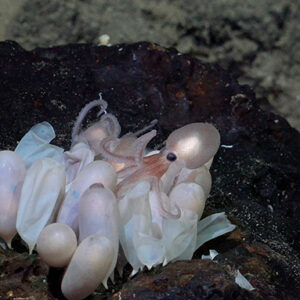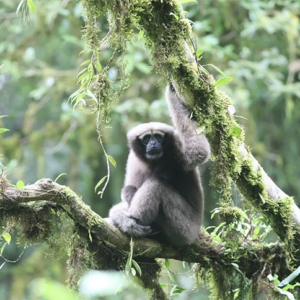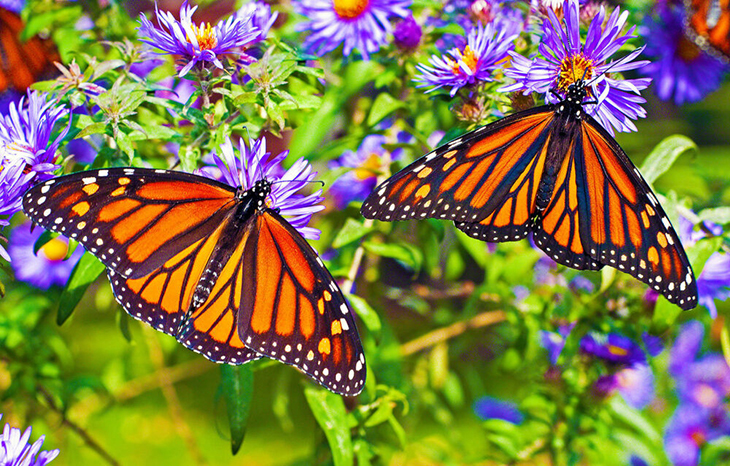
Monarchs stand out among insects for their remarkable feat of undertaking an extensive journey from Canada to Mexico—a daunting 3,000-mile trek. Surprisingly, the success of this butterfly’s incredible migration may hinge on the number of white spots adorning their wings.
University of Georgia researchers conducted a recent study revealing that butterflies with more white spots exhibit greater proficiency in reaching their distant wintering destination.
Although the exact mechanism by which these spots assist the species’ migration remains unclear, there is a belief that they alter airflow patterns around the wings, somehow aiding in their journey.
For millennia, these awe-inspiring butterflies, with brains no larger than poppy seeds, have been making their way across North America to spend the winter nestled in oyamel fir trees within the mountain forests of south and central Mexico.
The enigmatic ability of such a tiny-brained creature to navigate precisely to this specific location has left ecologists perplexed for countless decades.
“We undertook this project to learn how such a small animal can make such a successful long-distance flight,” said lead author Andy Davis. He’s an assistant researcher in the University’s Odum School of Ecology.
“We actually went into this thinking that monarchs with more dark wings would be more successful at migrating because dark surfaces can improve flight efficiency. But we found the opposite.”
“It’s the white spots that seem to be the difference maker,” Davis added.
The researchers examined approximately 400 wings of wild monarch butterflies, collected at various points during their migration. They focused on measuring the color proportions of these wings. Their analysis revealed that the monarchs that successfully completed their migration had wings with approximately 3% less black and 3% more white compared to others.
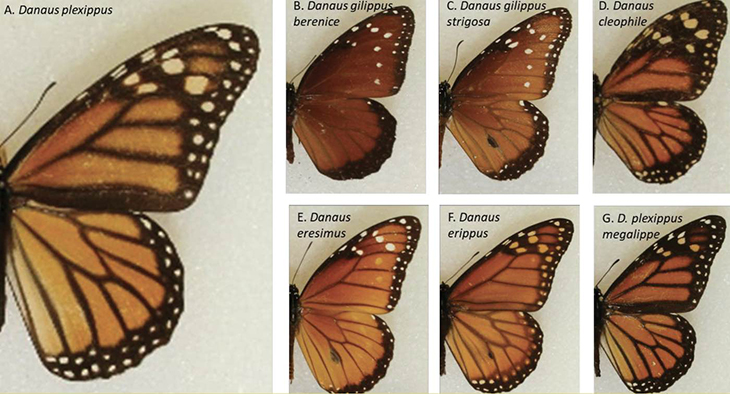
A fresh examination of museum specimens, comprising monarch butterflies and six other butterfly species, revealed a noteworthy disparity: the monarchs displayed notably larger white spots compared to their non-migratory counterparts.
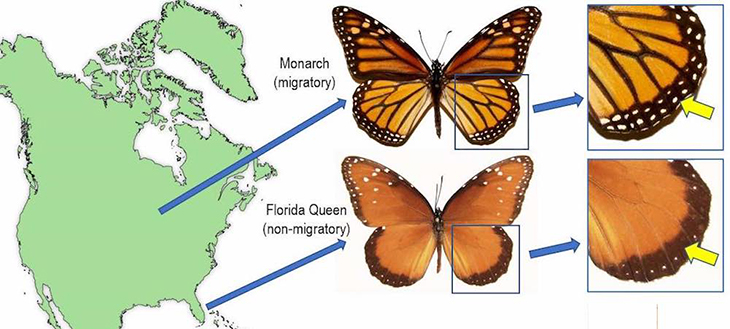
Its semi-migratory relative, the southern monarch, was the only other species that exhibited a comparable proportion of white spots on its wing. This coloring pattern is linked to the varying levels of light and heat encountered during their journey. A higher number of white spots indicates reduced exposure to the sun’s radiation.
“The amount of solar energy monarchs are receiving along their journey is extreme, especially since they fly with their wings spread open most of the time,” Davis said. “After making this migration for thousands of years, they figured out a way to capitalize on that solar energy to improve their aerial efficiency.”
According to Mostafa Hassanalian, co-author of the study and an associate professor at the New Mexico Institute of Mining and Technology, the rising temperatures are modifying the solar radiation reaching the Earth’s surface, and as a result, monarch butterflies will probably need to adapt in order to survive.
However, it’s not entirely negative news for these flying insects. Previous research conducted by Davis indicated that the summer populations of monarchs have remained fairly consistent over the past 25 years. This finding suggests that the species’ population growth during the summer season offsets butterfly losses caused by migration, winter conditions, and environmental changes.
“The breeding population of monarchs seems fairly stable, so the biggest hurdles that the monarch population faces are in reaching their winter destination,” Davis said. “This study allows us to further understand how monarchs are successful in reaching their destination.”
The study, also sub-titled “How the monarch got its spots,” was published in the journal PLOS ONE.
What are your thoughts? Please comment below and share this news!
True Activist / Report a typo
